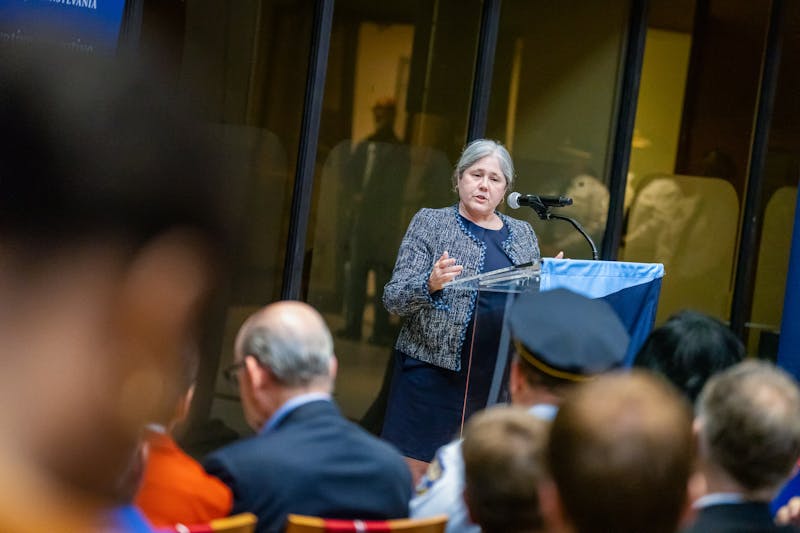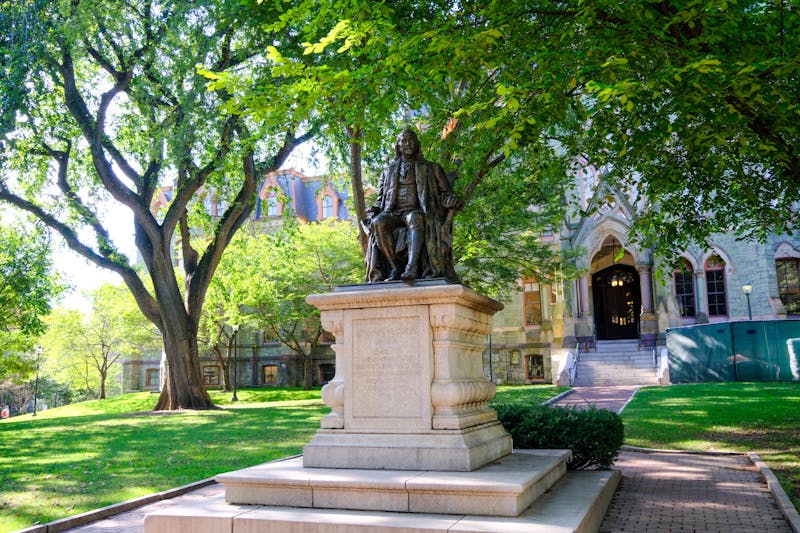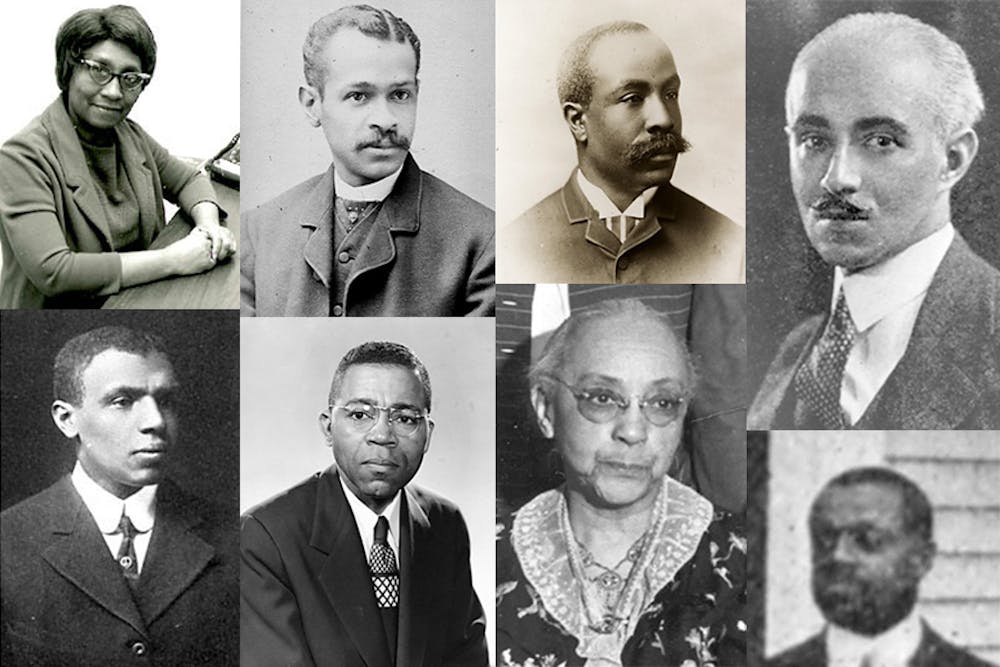
Photos from University of Archives and Records Center
For three weeks now, Penn has joined communities across the country to commemorate Black History Month. In light of the annual, month-long observance, The Daily Pennsylvanian dug into the University's archives to present a brief history of black students, faculty, and staff at Penn.
(All information gathered here is from the University Archives and Records Center.)
James Brister
First black person to receive a Penn degree of any kind (1881)
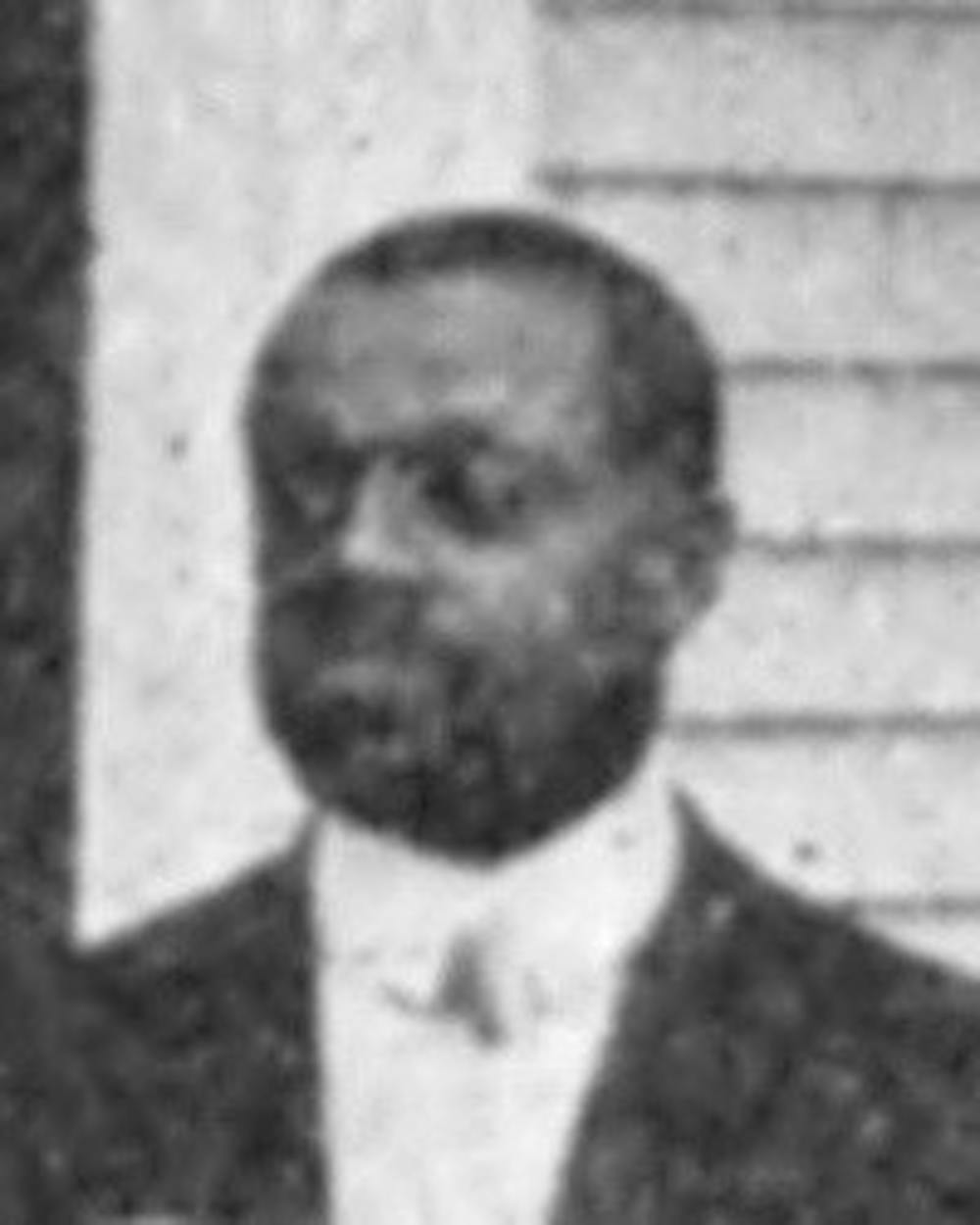
Photo from University Archives and Records Center
James Brister (1858-1916) grew up in Philadelphia as one of four children. His father, Joseph Brister, was a dentist at a place located on Pine Street and an active member of the Social, Civil, and Statistical Association of the Colored People of Pennsylvania, which worked for the abolition of slavery.
In 1879, Brister started as a student at Penn's School of Dental Medicine. Two years later, he presented his essay on "The Dental Tissues," and later contributed to the founding of the Society of Alumni of the Dental School.
Following his graduation from Penn, Brister and his father worked together as dentists in Philadelphia. Soon after, the younger Brister moved to Chicago, where he practiced dentistry for 10 years. He then went on to practice in Zion, Ill., becoming the only dentist in town.
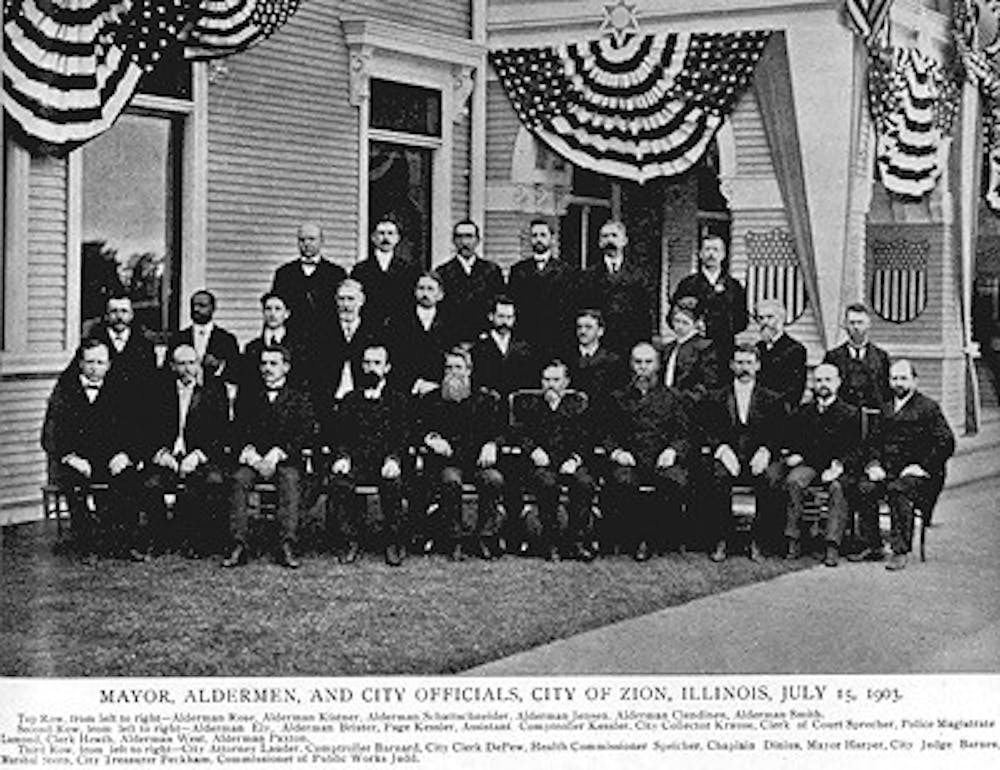
Brister, pictured here in a 1903 portrait of city officials in Zion, Ill., was the city's only dentist. (Photo from University Archives and Records Center)
William Adger
First black person to graduate from the College of Arts and Sciences (1883)
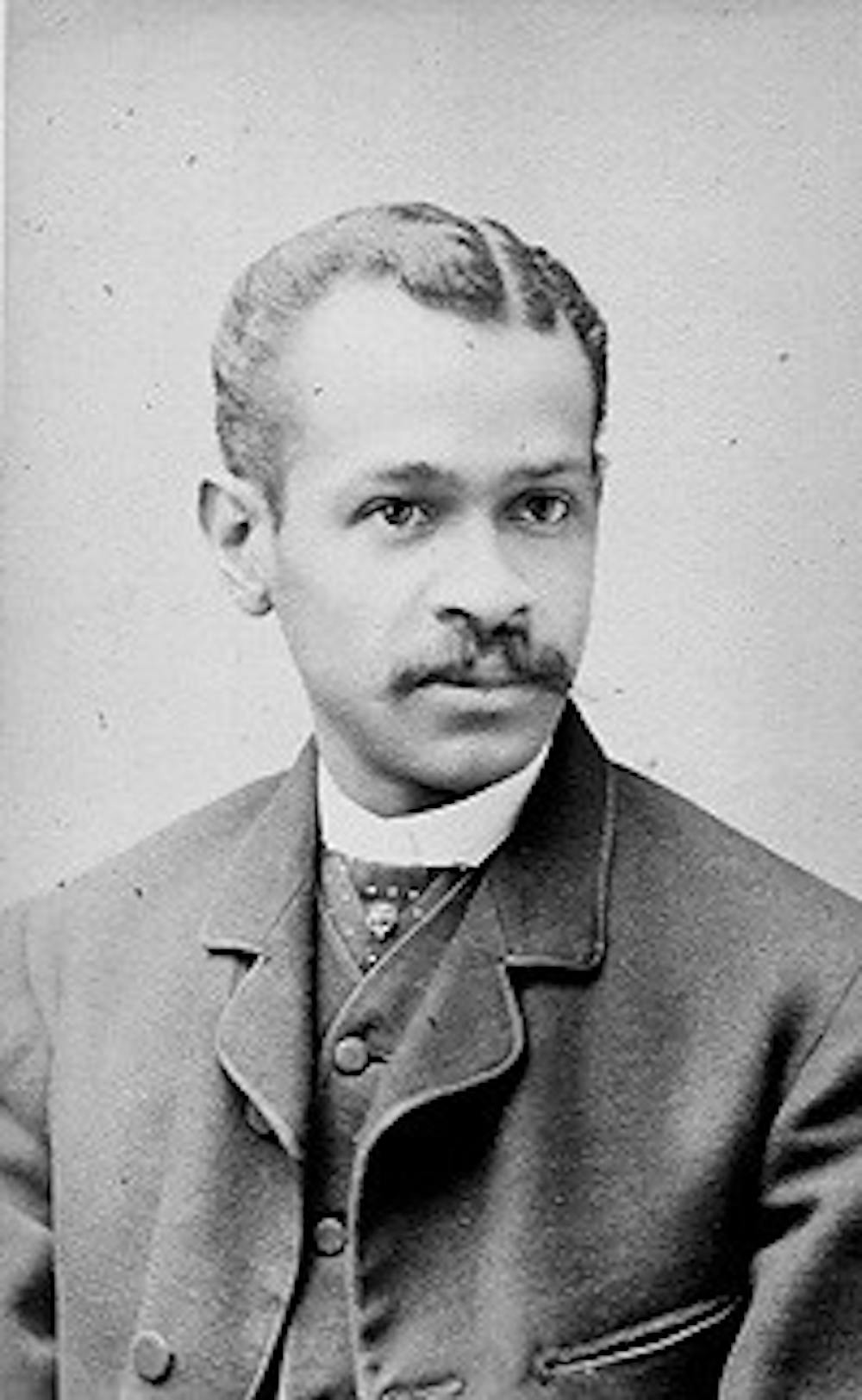
Photo from University Archives and Records Center
William Adger (1856-1885) was born to Robert Adger, a former South Carolina slave, and Mary Morong Adger. Education was one of the top priorities for William's parents, and all 13 of their children received an education.
After attending school, Adger's sisters went on to careers as dressmakers and milliners while his brothers became cabinetmakers, furniture salesmen, and post office workers. William was the only one among them to attend college.
Adger first studied at the Institute for Colored Youth, where he was appointed as secretary. Four years after graduating from the Institute, he enrolled in the College at Penn. While studying at Penn, Adger stayed in his father's home at 833 South St. In 1883, he became the College's first black graduate when he received his bachelor's degree.
Miles Tucker
First black graduate of the Wharton School (1887)
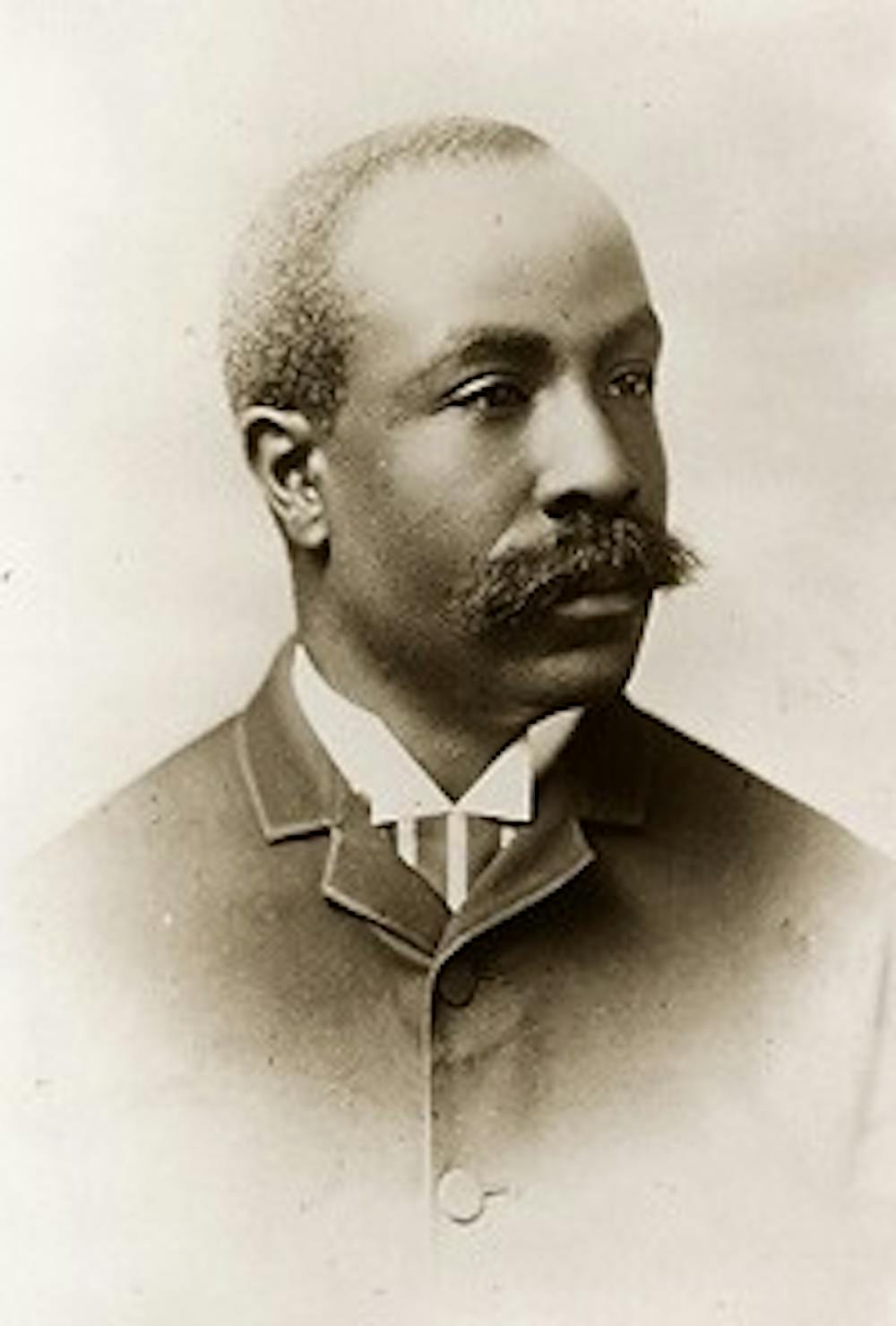
Photo from University Archives and Records Center
Miles Tucker enrolled in the Wharton School in 1885 after graduating from the Quaker-run Institute for Colored Youth (the predecessor of what would later become Cheyney University) in 1876. At Wharton, Tucker wrote a thesis on “The Advantages of a Protective Tariff to the Labor and Industries of the United States.” For his thesis, he was awarded one of the 15 silver medals given out nationwide to students.
Tucker graduated in 1887 with honors and was, according to his classmates, considered most likely to become a leading politician in Philadelphia.
After graduation, Tucker continued to participate in politics by joining the M.S. Quay Club, a group for Republican black men.
Ida Elizabeth (Bowser) Asbury
First black woman to earn a Penn degree (1890)
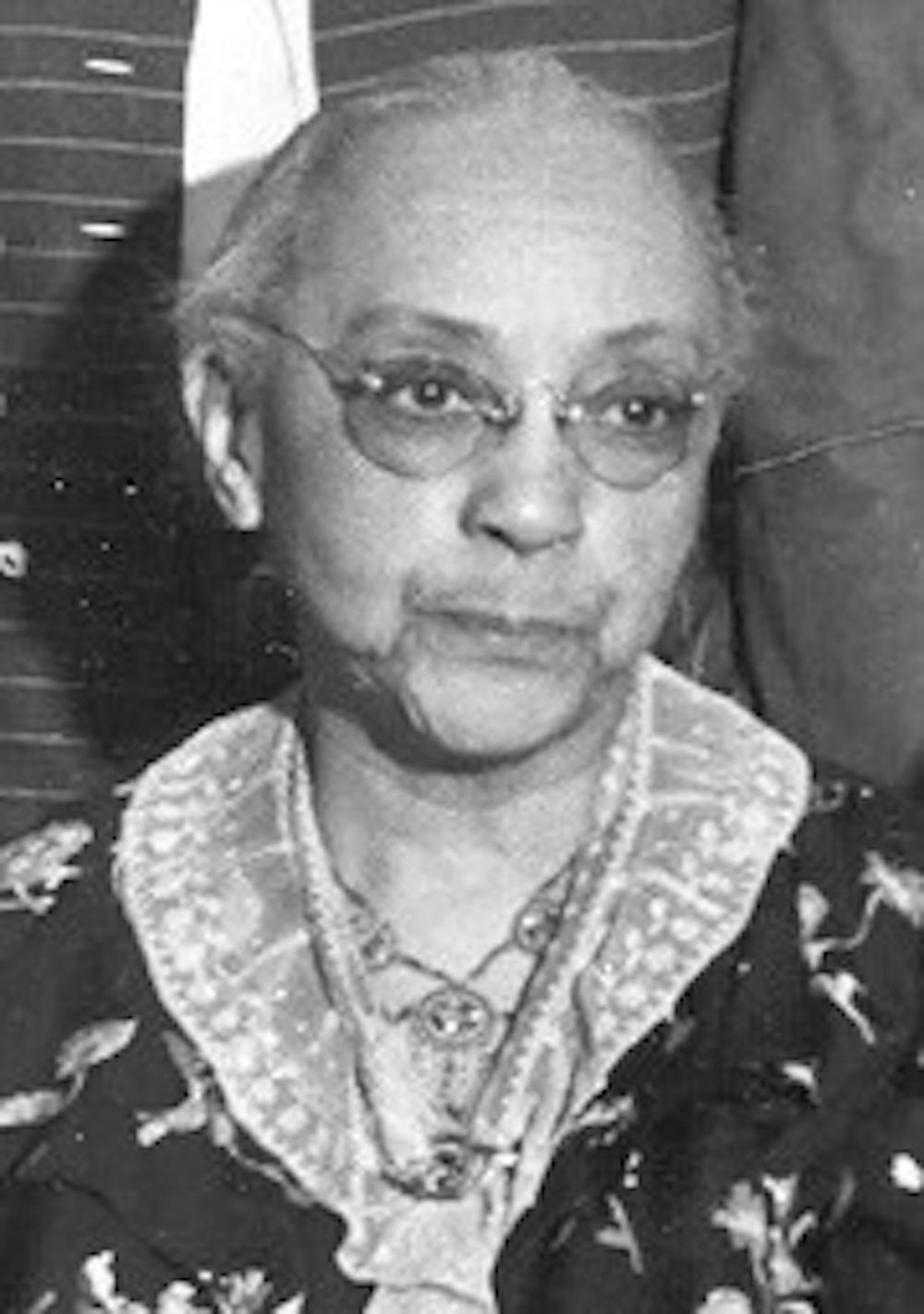
Photo from University Archives and Records Center
Ida Bowser (1869-1955) enrolled at the University of Pennsylvania in 1887 to pursue her passion for music. Upon her graduation in 1890, she recieved a Certificate of Proficiency in Music and, in doing so, became the first black woman to graduate from Penn.
After graduation, Bowser performed as a violinist. She also worked as a music teacher until 1901, when she married John Cornelius Asbury.
She continued to be an active member in her community, serving on the board of the Home for Aged and Infirm Colored Persons.
Julian Francis Abele
First black person to graduate from Penn's Graduate School of Fine Arts (1902)
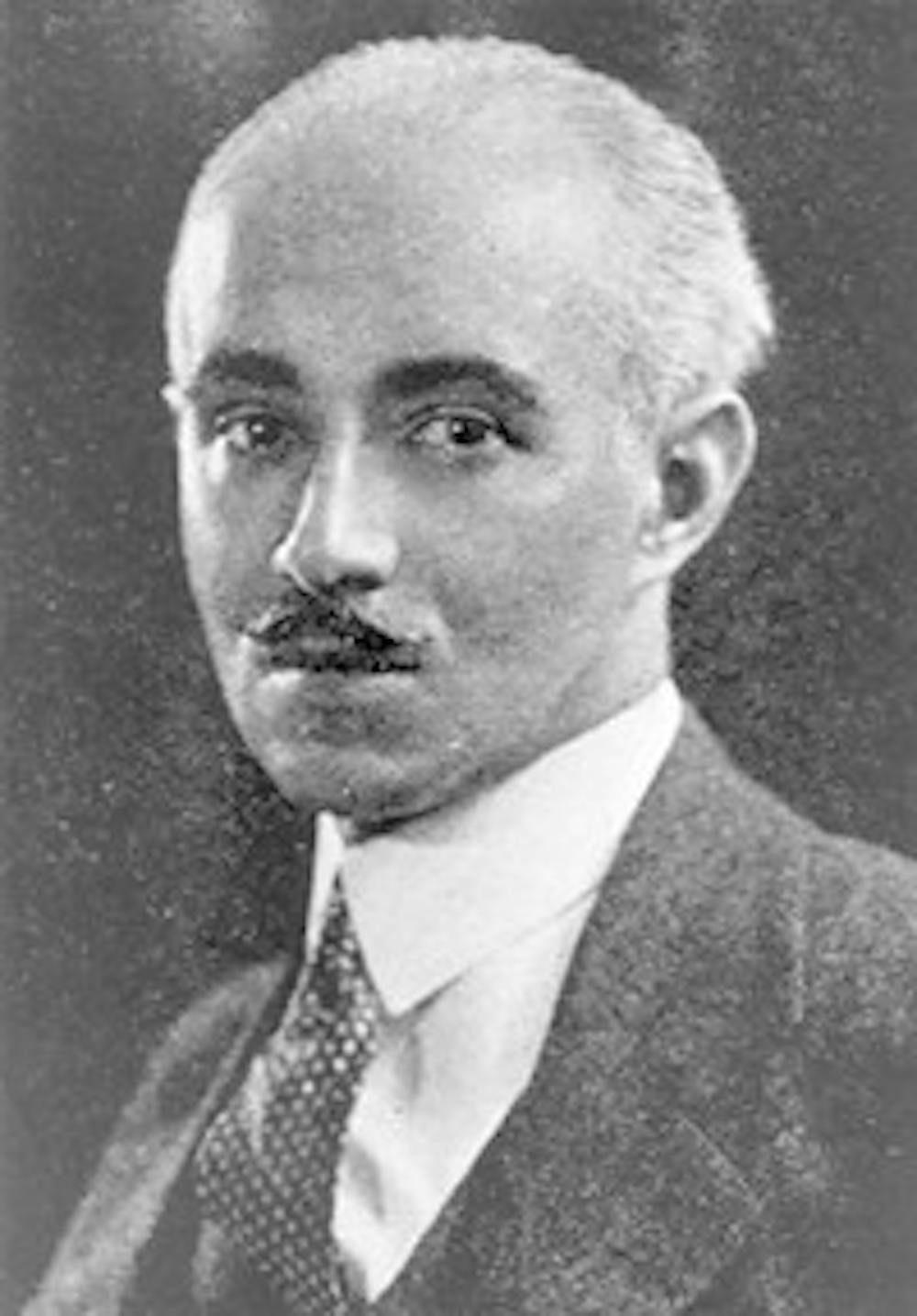
Photo from University Archives and Records Center
A Philadelphia native, Julian Francis Abele (1881-1950) enrolled at Penn in 1898. As a senior at Penn, Abele was a member of the student yearbook committee and was also the president of the Architectural Society. He took evening classes all four years at Penn so he could work in the afternoon as a designer with the Louis Hickman Architectural Firm.
After becoming the first black graduate of what is now the Graduate School of Fine Arts in 1902, Abele went on to work for a nationally-known firm run by architect Horace Trumbauer. He served as chief designer before becoming head of the firm after Trumbauer died in 1938.
As the top leader of the architectural firm, Abele designed a range of notable Philadelphia buildings including the Philadelphia Museum of Art and the Free Library of Philadelphia. He was also responsible for designing many of the buildings on Duke University's campus though he was discouraged from visiting Duke's campus, likely because of his race. It was not until 1942, 40 years into his career, that he was allowed admission to the American Institute of Architects.
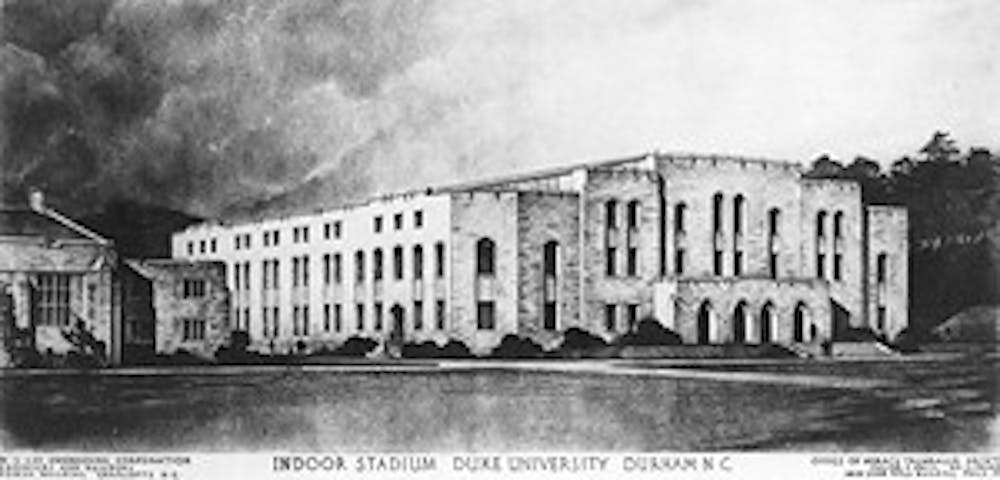
An architectural rendering of Duke University's indoor stadium c. 1925. (Photo from University Archives & Record Center)
John Baxter Taylor
First black person to win an Olympic gold medal (1908)
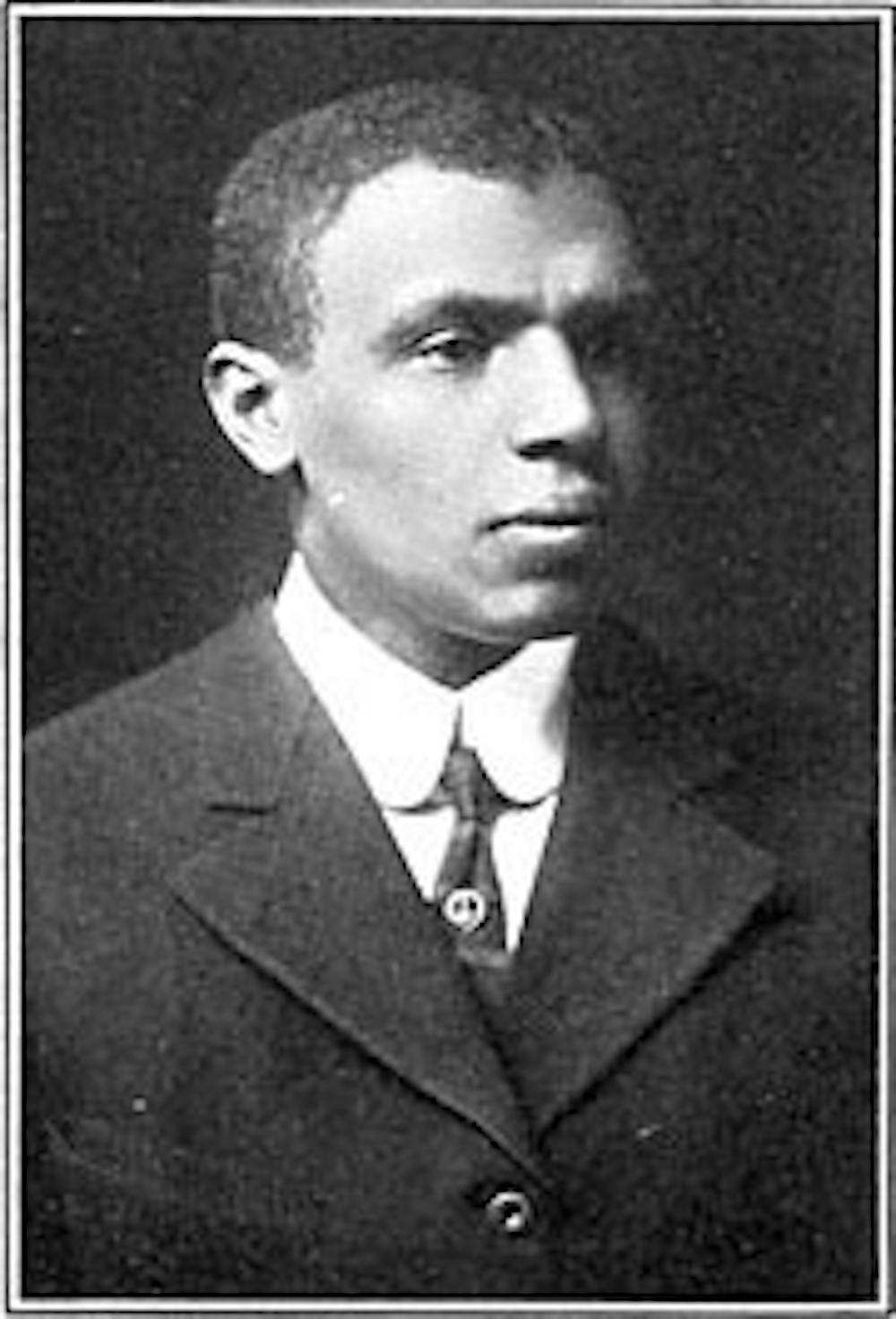
A lifelong athlete, John Baxter Taylor, Jr. (1882-1908) was the captain of his high school track team before joining Penn as an athlete in 1903. While he originally enrolled in the Wharton School, Taylor chose to transfer to the School of Veterinary Medicine in 1905. Running for Penn's track team in 1903, 1904, 1905, 1907, and 1908, Taylor’s contributions led to many victories for the team. He also set the world’s interscholastic record of 49.1 seconds for 440 yards, later beating his own record at 48.6 seconds.
Taylor’s collegiate success eventually led him to the 1908 Olympic games in London, where he won a gold medal as a member of America’s 1600-meter relay team along with his classmate, Nathaniel J. Cartmell.
With this victory, Taylor became the first black person to win an Olympic gold medal.
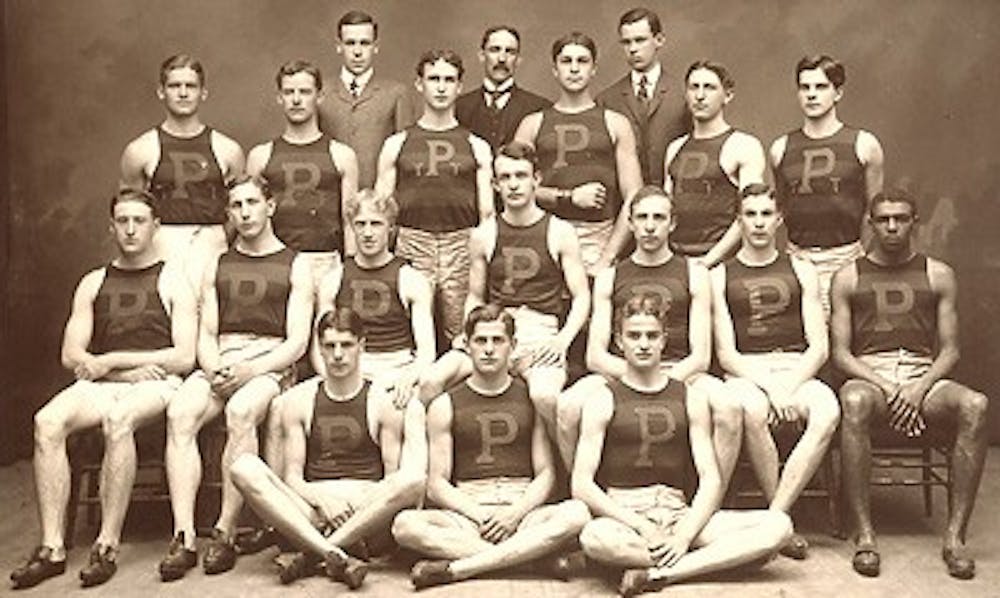
Penn's track team in 1904. (Photo from University Archives and Records Center)
William Thomas Valeria Fontaine
First fully-affiliated and tenured black faculty member (1936)
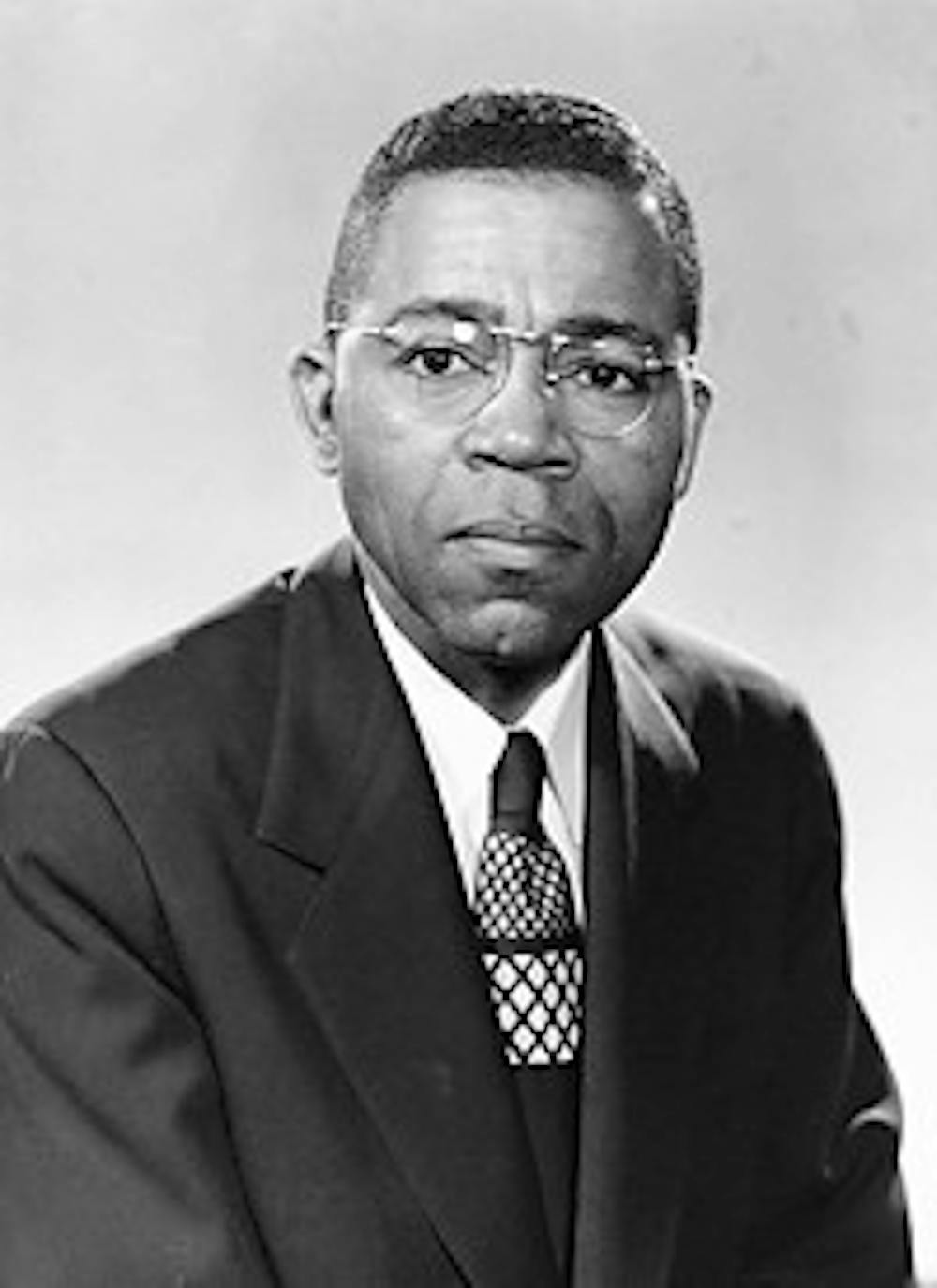
Photo from University Archives and Records Center
After William Fontaine (1909-1968) graduated from Lincoln University in 1930, he earned master's and doctorate degrees in philosophy at Penn in 1932 and 1936, respectively. He wrote his dissertation on the “Concept of Fortune in Boethius and Giordano Bruno.”
After graduation, Fontaine taught and acted as head of the Department of Social Sciences at Southern University and then chair of the Department of Philosophy at Morgan State College. He then returned to Penn as a visiting lecturer in philosophy in 1948. After two years in this position, he was promoted to assistant professor — the first fully-affiliated black faculty member. Fontaine later became the first black faculty member to receive tenure at Penn.
Over the course of his career, Fontaine was seen as an expert on black culture and race relations. He published a book in 1967 titled "Reflections on Segregation, Desegregation, Power and Morals." Today, his legacy continues through the Fontaine Fellowships, which provide funds to underrepresented minority groups pursuing doctoral studies.
Helen Octavia Dickens
First black woman on the medical staff of Penn's Medical School (1956)
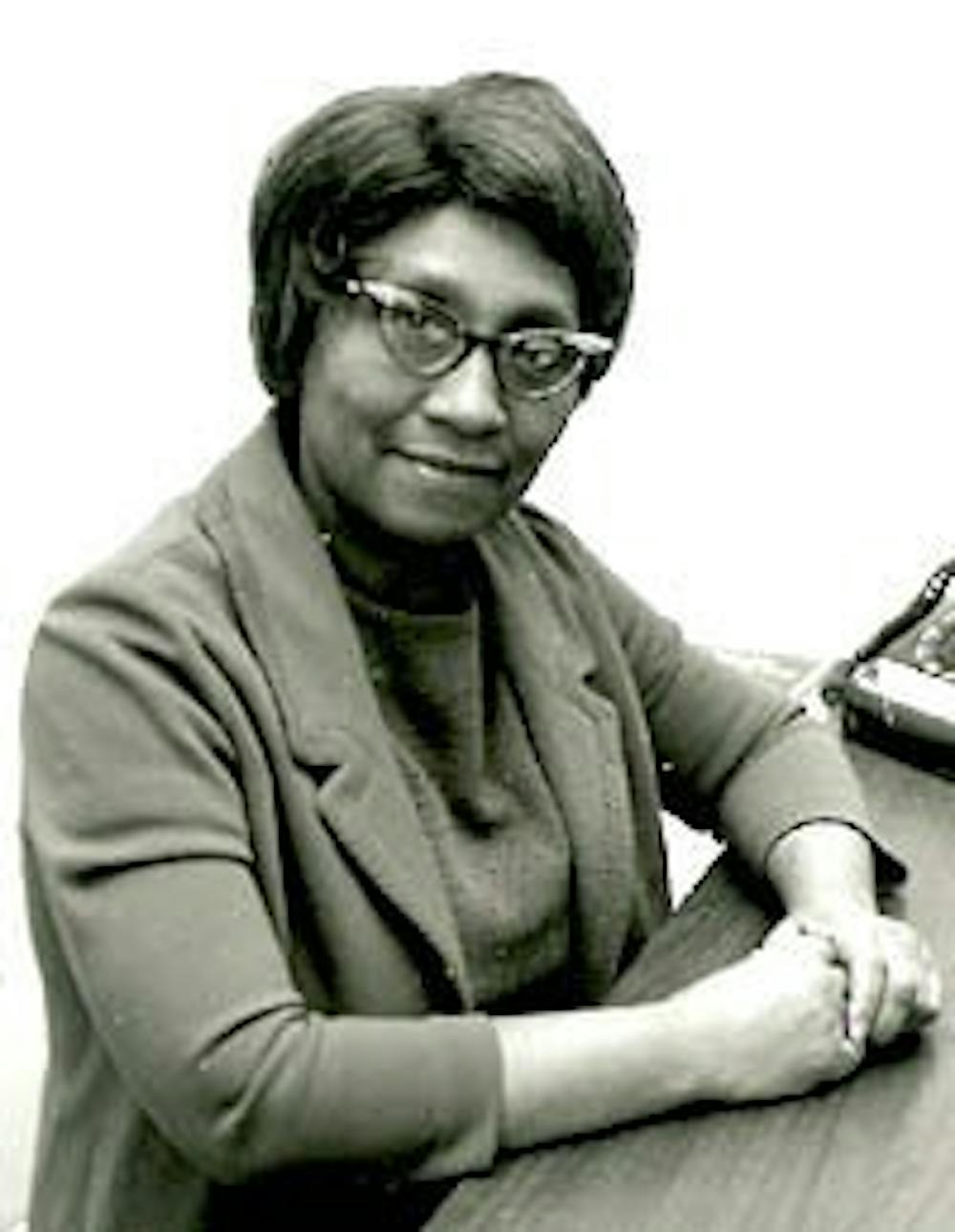
After a year at Penn’s Graduate School of Medicine, Helen Octavia Dickens successfully became the first black woman board-certified OB-GYN in Philadelphia. In the years following, she became a staff member of the Women's Hospital and would later be named chief of obstetrics and gynecology.
In 1956, Penn took over the Women’s Hospital and Dickens joined as a member of the staff and faculty in the Department of Obstetrics and Gynecology of the School of Medicine. She was the first black woman to serve in this position.
One of Dickens’ goals was to help pregnant teenagers. In 1967, she founded Penn’s Teen Clinic for young, inner-city mothers.
Dickens’ accomplishments went beyond the field of medicine. In 1969, Dickens became the associate dean of minority admissions and worked to increase the number of minority students in the Medical School from around two to 64 in just five years.
Dickens also served as president of the Pan American Medical Women’s Association from 1968 to 1970.
The Daily Pennsylvanian is an independent, student-run newspaper. Please consider making a donation to support the coverage that shapes the University. Your generosity ensures a future of strong journalism at Penn.
Donate




